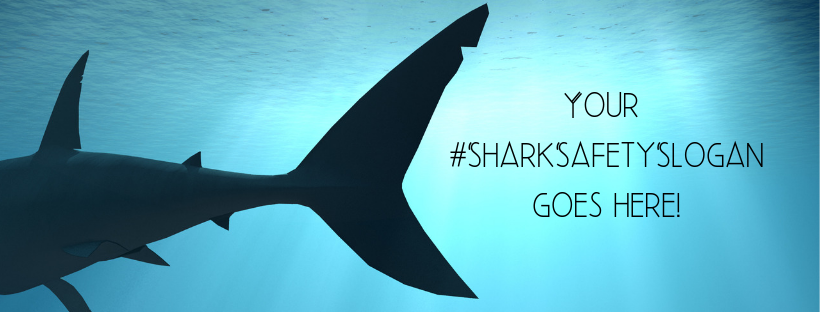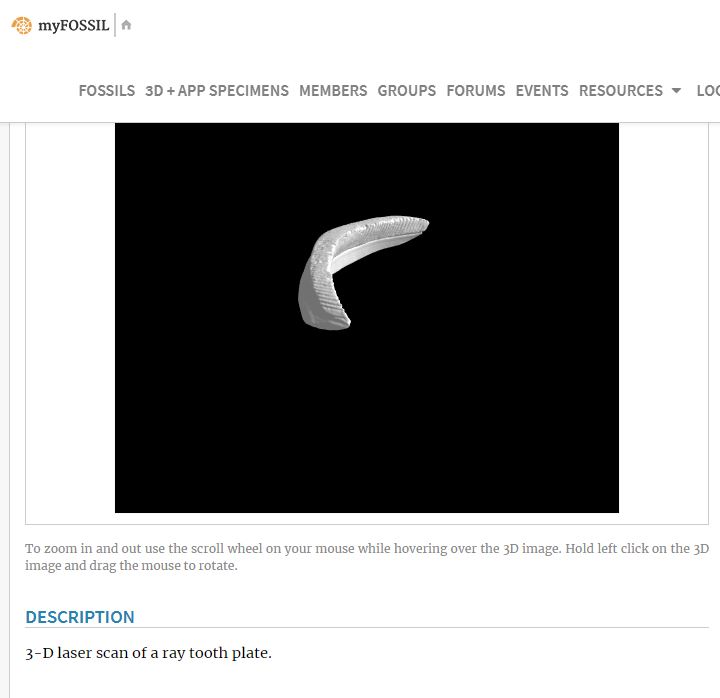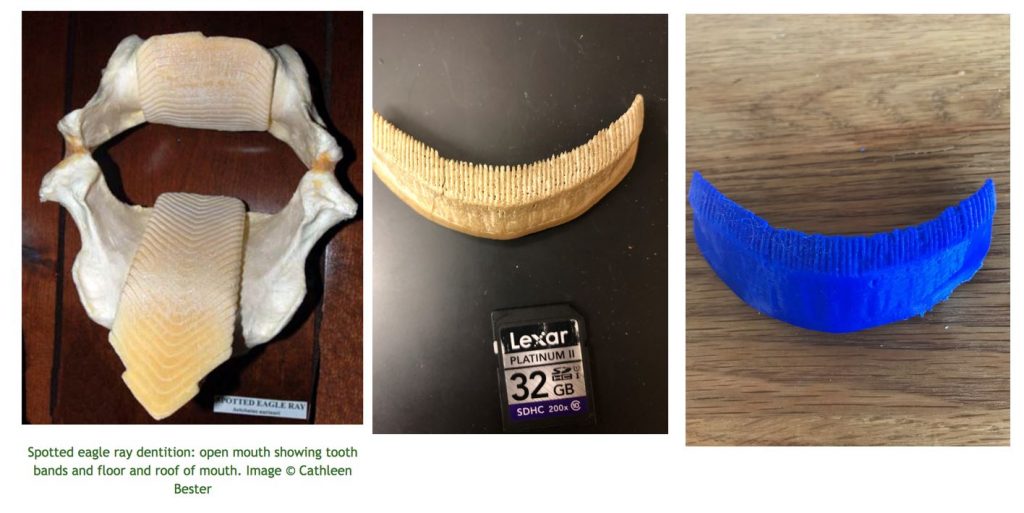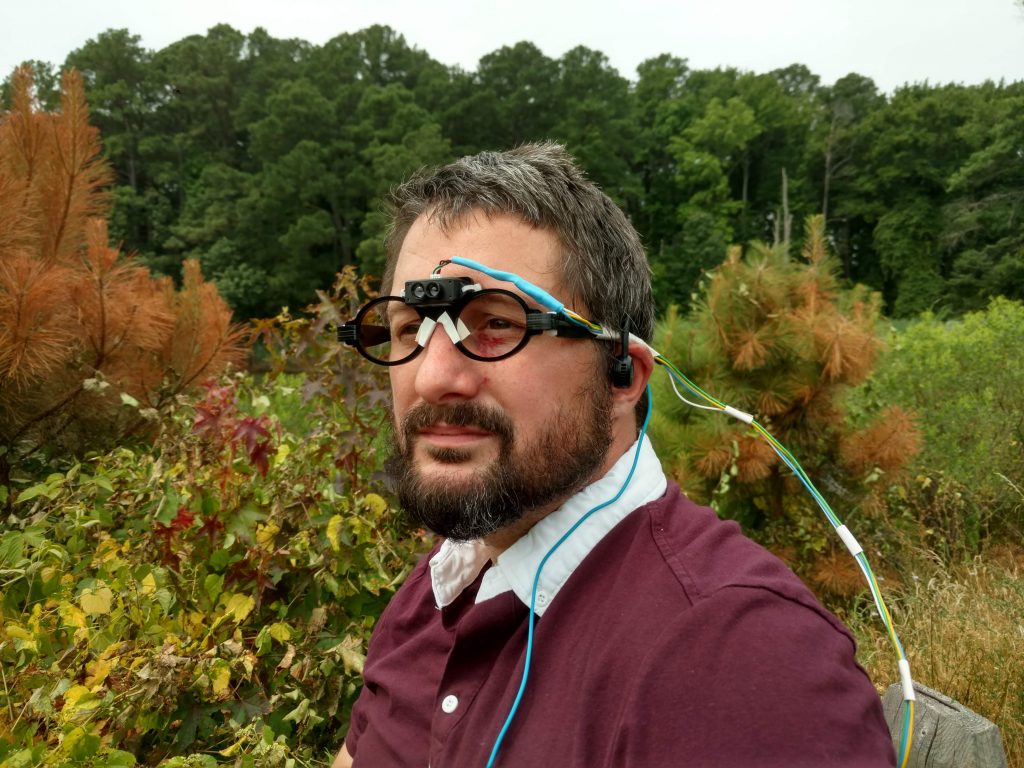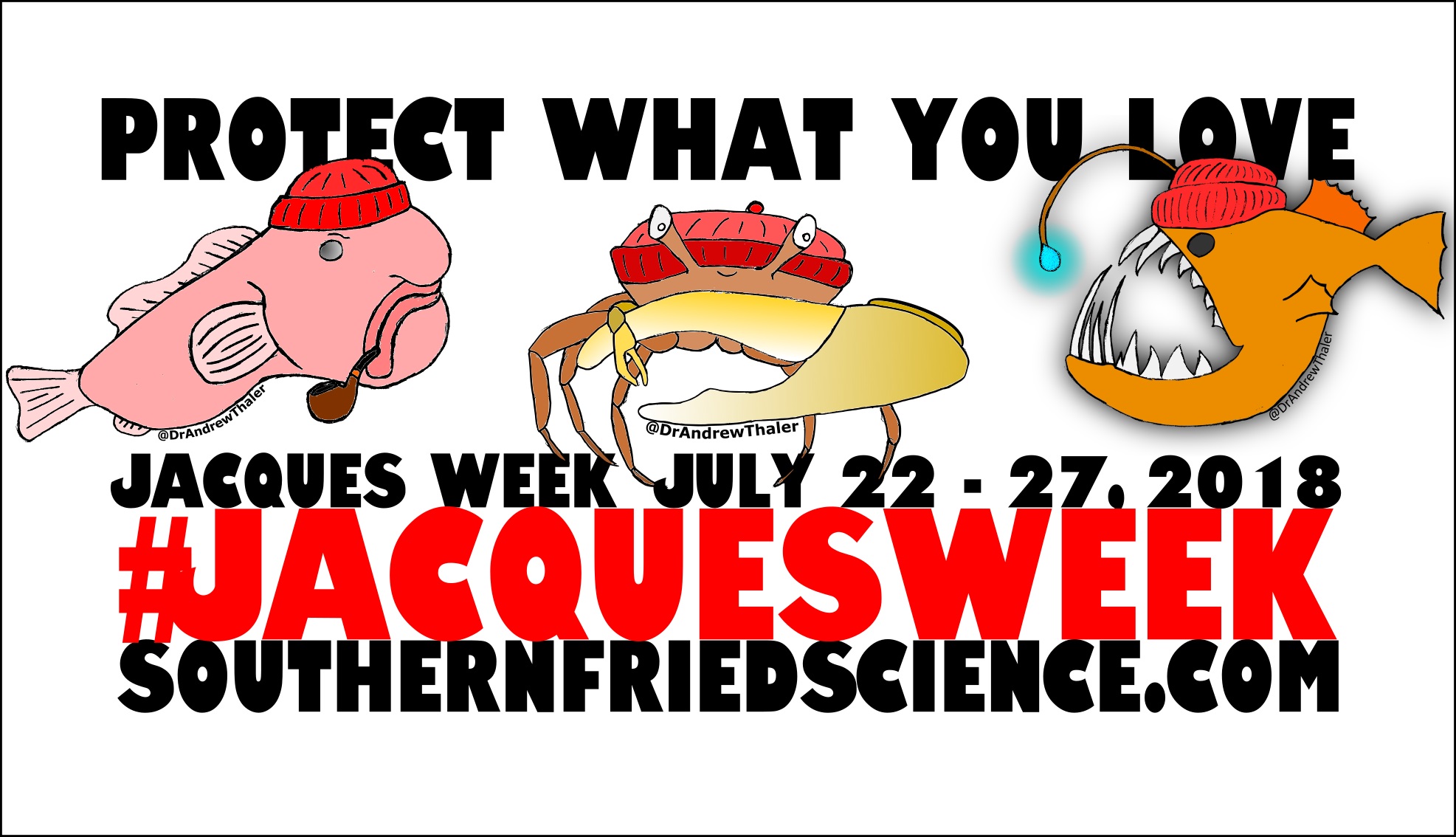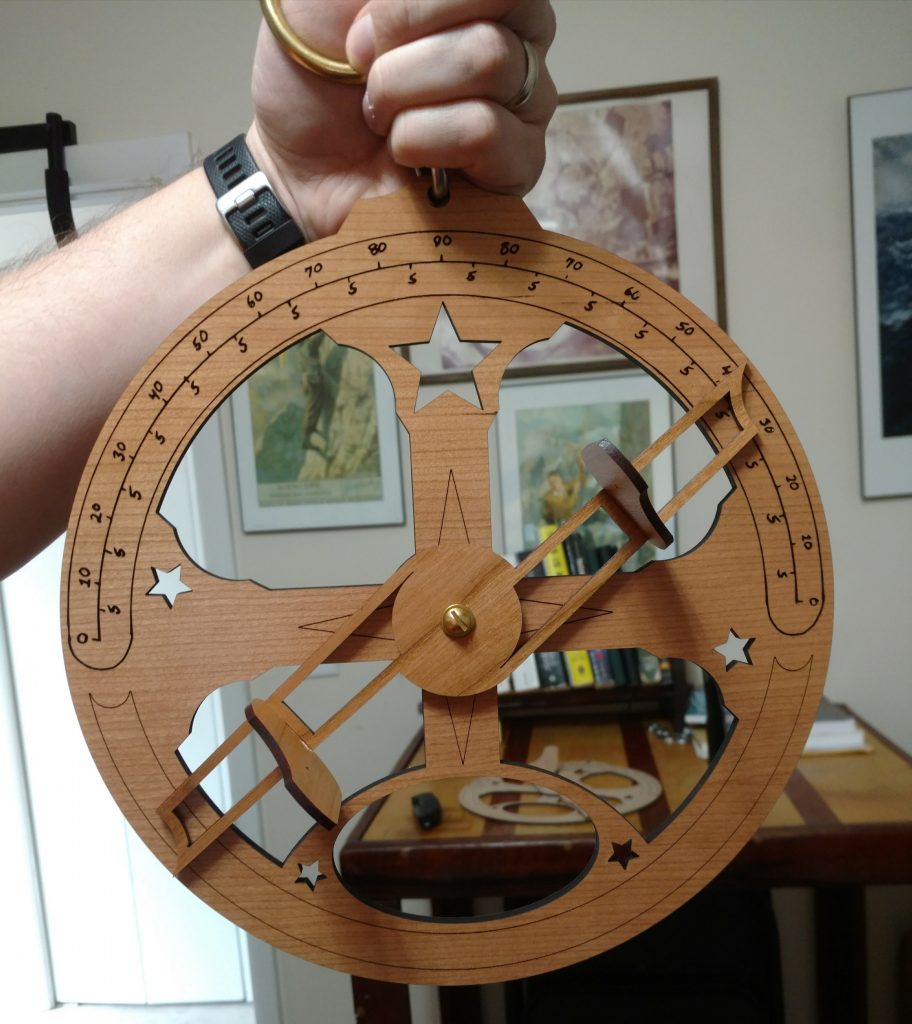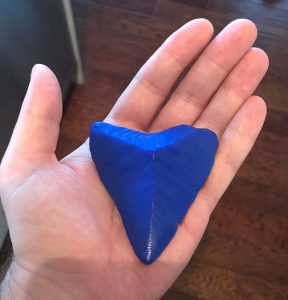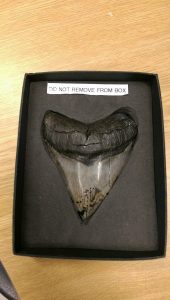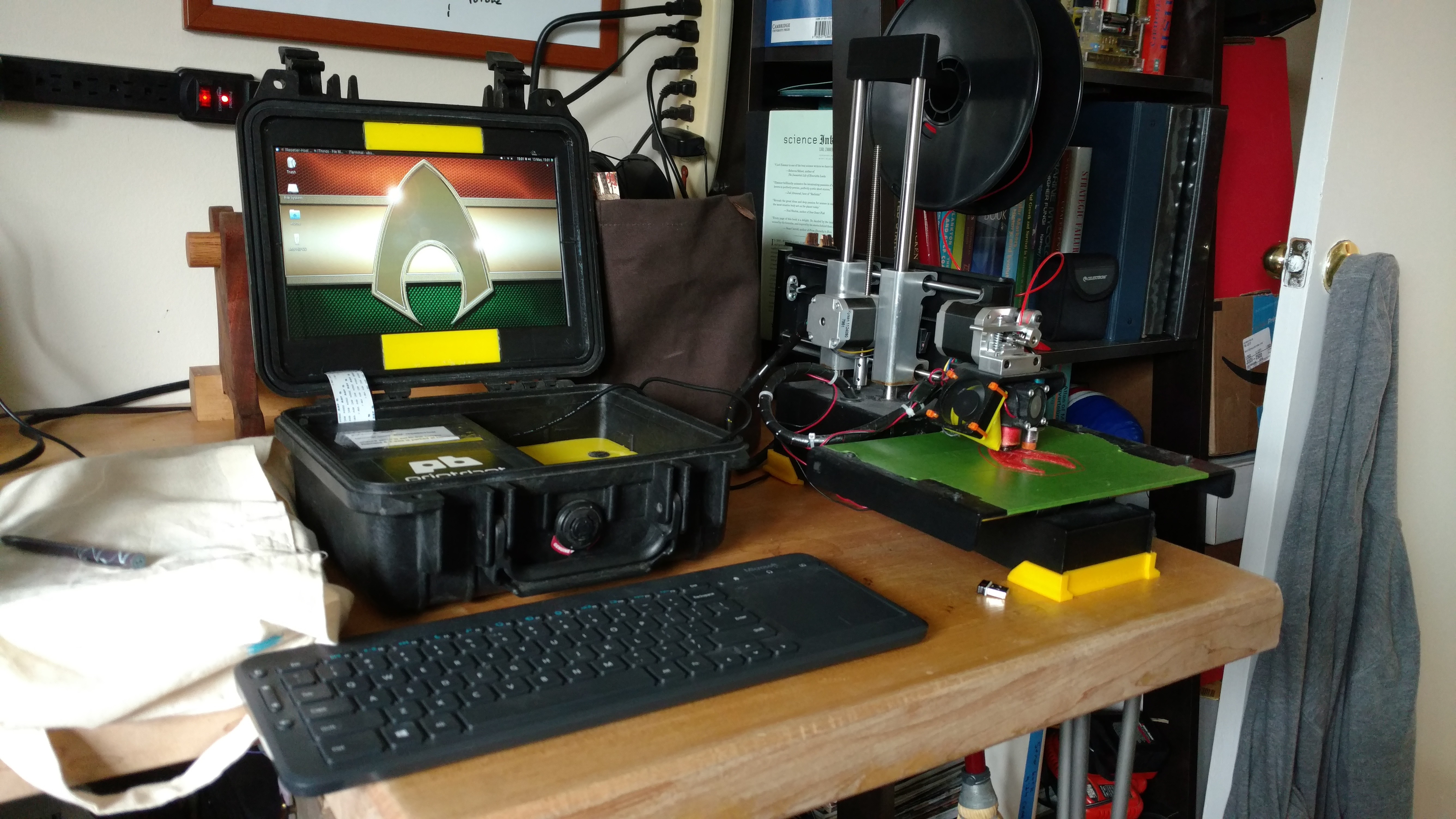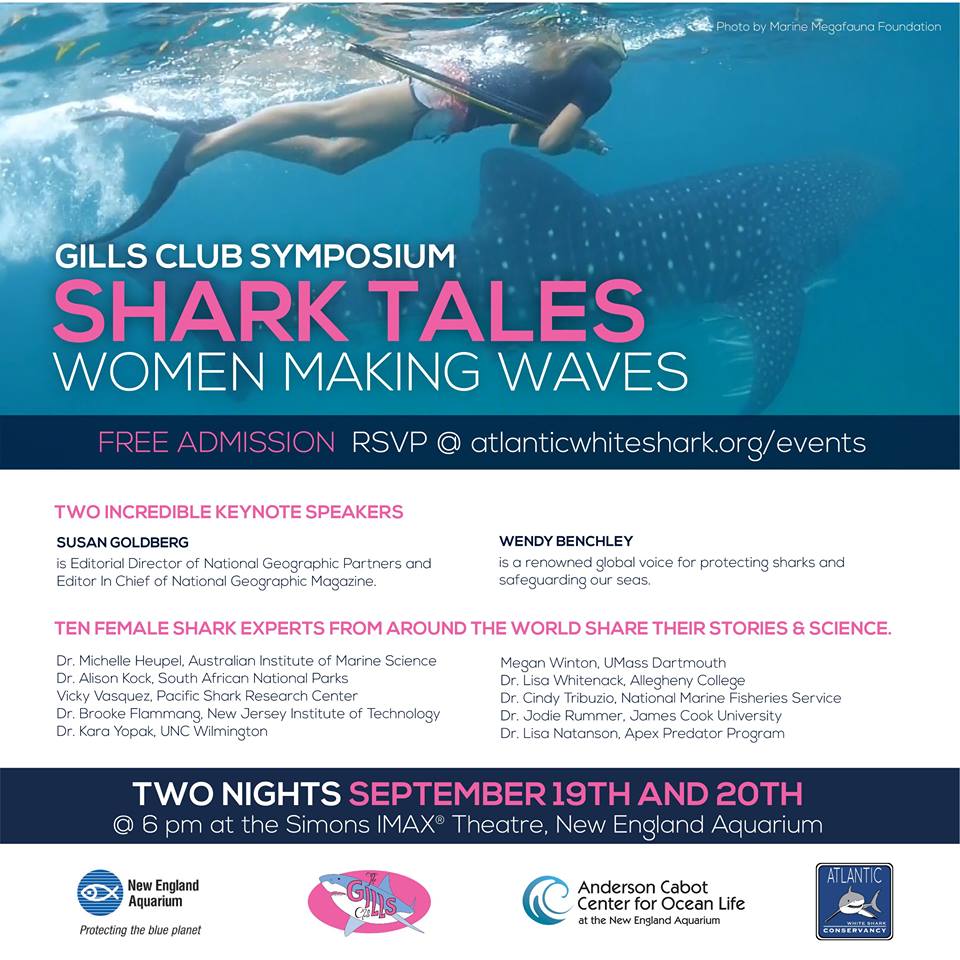
Below you’ll find a document I’ve been thinking about for more than a decade. I teach marine science field skills to undergraduates and graduate students at Field School and the University of Miami, and I’ve had a lot of opportunities to observe science and scientific learning in action. This is my best effort to distill the key principles I’ve learned about creating a healthy, supportive working environment. Starting the year, my students at Field School will all read and sign on to these principles before working with us.
It feels important to add that cultures are the product of choices and actions (or inaction). They don’t create themselves; they are created by the people within them. That means, sadly, that in every toxic organization there are people who choose, and benefit (or think they benefit) from that toxicity. The good news is that it also means we can choose something else. It’s not out of our hands.
I’ve spent a lot of my time thinking about how to create welcoming, supportive learning environments for all of my students. And no: I don’t believe compassion and acceptance mean you have to sacrifice scientific rigor—in fact, I think students learn and grow more in these settings.
If you are also engaged in looking for solutions to the systemic problems in how we train future marine scientists, please feel free to join me by sharing this, implementing it in your own teaching, or reaching out with suggestions for how it can be improved based on your knowledge and practice. If you are a student who is struggling with these issues and you need advice or a friendly ear, please know that you are not alone, and my inbox is always open to you.
Read More “Creating Healthy Working Cultures in Marine Science Education” »
